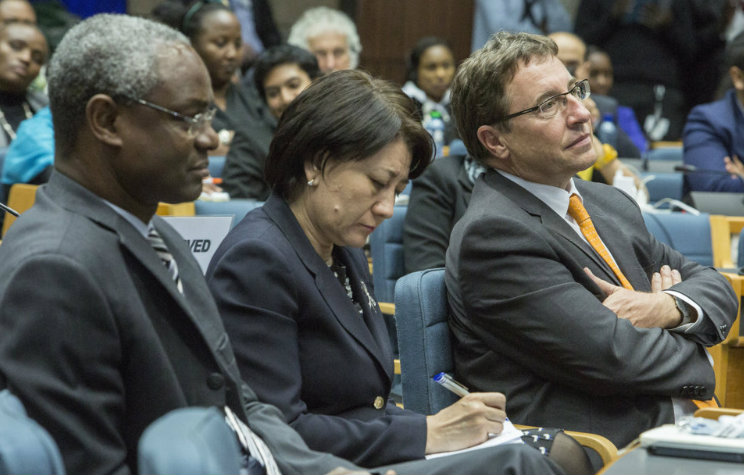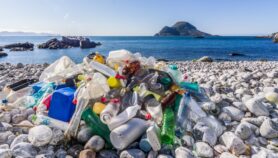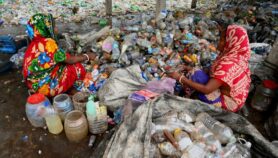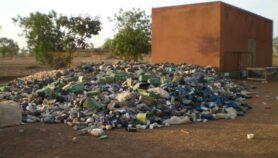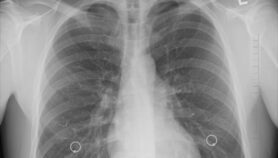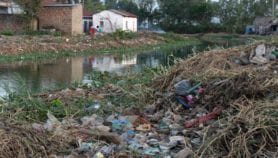By: Gilbert Nakweya
Send to a friend
The details you provide on this page will not be used to send unsolicited email, and will not be sold to a 3rd party. See privacy policy.
[NAIROBI] Measures to reduce short-lived climate pollutants (SLCPs) in developing regions such as Sub-Saharan Africa could benefit key sectors, including health and agriculture, experts say.
Speaking during the first session of the United Nations Environment Assembly (UNEA) in Nairobi, Kenya, this week (23-27 June ), the experts say SLCPs such as black carbon, methane and hydrofluorocarbons increase global warming and pollute the air, thereby causing health problems.
The experts warn that SLCPs also pose dangers to agriculture and the ecosystem. Helena Valdes, head of Climate and Clean Air Coalition Secretariat, says the pollutants result from daily human activities — such as cooking and driving motor vehicles.
“If we act now, then we could save 2.4 million lives [annually] lost prematurely [worldwide] as a result of indoor pollution-related health risks by 2030.”
Martina Otto, The United Nations Environment Programme (UNEP).
Durwood Zaelke, president of the US-based Institute for Governance and Sustainable Development, notes that reducing SLCPs will help solve more than half of climate change problems in the future.
“We can reduce global warming [by] up to 0.6 degrees Celcius by the year 2050 if we reduce SLCPs,” Zaelke says, adding that doing so could partly solve problems of floods and droughts.
Martina Otto, head of energy and transport policy unit at the United Nations Environment Programme (UNEP), tells SciDev.Net that the biggest challenge in reducing SLCPs in Sub-Saharan Africa is the creation of public awareness that action is needed at relatively low cost and getting people to act.
“If we act now, then we could save 2.4 million lives [annually] lost prematurely [worldwide] as a result of indoor pollution-related health risks by 2030,” says Otto. She adds that there is need to develop and implement new national and international actions, including capacity building and mobilising support.
The experts also want governments to take measures in the management of municipal waste properly to help reduce methane emissions.
They note that cutting methane and black carbon emissions has the potential to avoid an annual loss of 50 million metric tonnes of crop yields worldwide and thereby boost food security.
“It is very difficult to act without government support,” says Jacqueline McGlade, professor of environmental informatics at the University College London in the United Kingdom and UNEP’s chief scientist. “We need political goodwill to scale up measures.”
Abubakar Bahijjahtu, the national coordinator of the Renewable Energy Programme of the Federal Ministry of Environment, Nigeria, says many households in Africa cause indoor air pollution through use of traditional cooking methods— such as burning charcoal. He adds that the continent should promote use of clean cookstoves.
But Julius Kabubi, disaster risk expert with the United Nations Office for Disaster Reduction in Kenya, tells SciDev.Net that caution needs to be taken when cleaning the air because a little amount of pollution, including dust particles, is necessary for rainfall.
This article has been produced by SciDev.Net's Sub-Saharan Africa desk.


